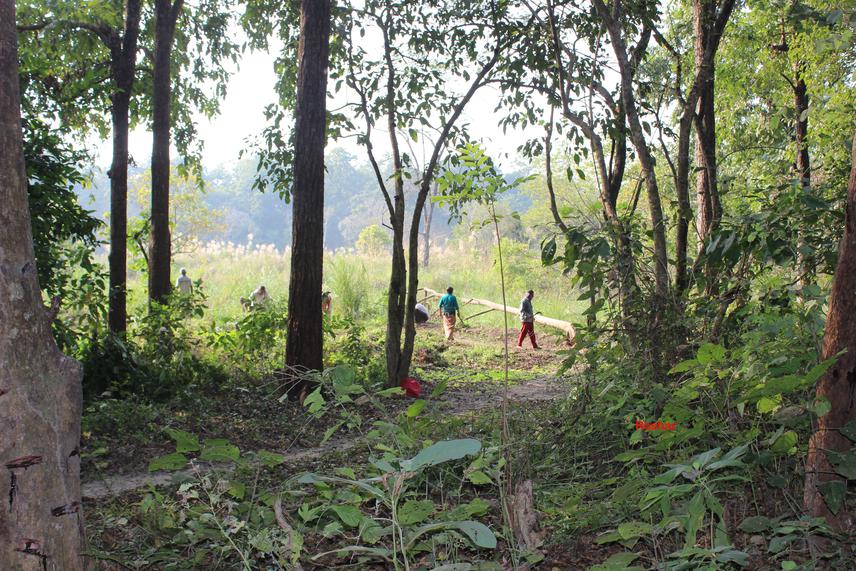Roshan Kumar Thakur
Other projects
19 Apr 2017
Using Bee as Eco-Deterrent for Crop Raiding Elephant: Testing Effectiveness, Efficiency as a Tool for Human Elephant Conflict (HEC) Mitigation in Central Nepal
17 Sep 2018
Living with Giants: Addressing the Prequels of Elephant Conservation in Central Nepal
11 Nov 2024
Living with Giants: Phase II. Harmony in the Wild i.e., Sustainable Conservation Action in Nepal
A major obstacle in strategies for Asian elephant’s conservation is a lack of communication between policy makers, conservationists and farmers; making steps between planning and action inefficient; which hinders future success of conservation strategies that reduce human-elephant conflicts. Here I aim to improve the situation in close dialogue with farmers, forest officers, conservationists, and together assess the habitat use of elephants as a tool for mitigating human-elephant conflicts. To achieve that goal I will (1) investigate elephant walk trails in central Nepal, (2) make predictions of potentially suitable elephant’s habitat and (3) communicate this information to different forest user groups.

Asian Elephant classified globally as “Endangered” by IUCN is listed in CITIES Appendix I and is protected priority species by Nepal Government by National Park and Wildlife Conservation Act (1973). Nepal with estimated about 225-260 wild population is decreasing due to loss of corridor and its small fragmented population size.
In central Nepal, elephant seasonally moves twice in a year. The first movement is seen after 2-3 months of rice plantation and second in maize seasons. In my preliminary survey, I have found the death cases are clumped in between these months. So there must be some correlation between elephant foraging movement and farmer saving their crops. The severity of HEC in Central part is highlighted by the fact that during the last decade, 7 individuals (two in 2002, three in 2007 and one each in 2008 and 2009;) have been brutally killed by the wild elephants (Jha, 2012). 20 peoples were found to be in conflict in the study area 2011 to 2013 (Central Regional Forest Directorate data sheet, 2013) which is an alarming situation. Out of which about 80 % were dead and rest handicapped.
No scientific data on issues like movement period, their trails, movement’s frequency, peak time of movement, number of individuals, status of Human Elephant Conflict (HEC), suitable habitats nearby, and conservation issues are not available. So this study has been proposed to study the given above points.
The gap between the different level stakeholders (farmers, park authorities and conservation biologist) is planned to be addressed for efficient conservation of the species. Conservation materials like posters, pamphlets, flyers will sensitize the local people towards wild elephant conservation. Conservation workshop will disseminate the results and finding of the project which may be used for immediate conservation issues. The results will be able to focus to adopt alternative ways of minimizing the HEC other than retaliatory actions like shooting an elephant, poisoning, electrocuting.
It is only by having a farmer’s acceptance of elephants and a good understanding of the elephant’s spatial and seasonal habitat use; we can identify and restore degraded biological corridors to facilitate seasonal movement of elephants to reduce human-elephant conflict in human habitations.